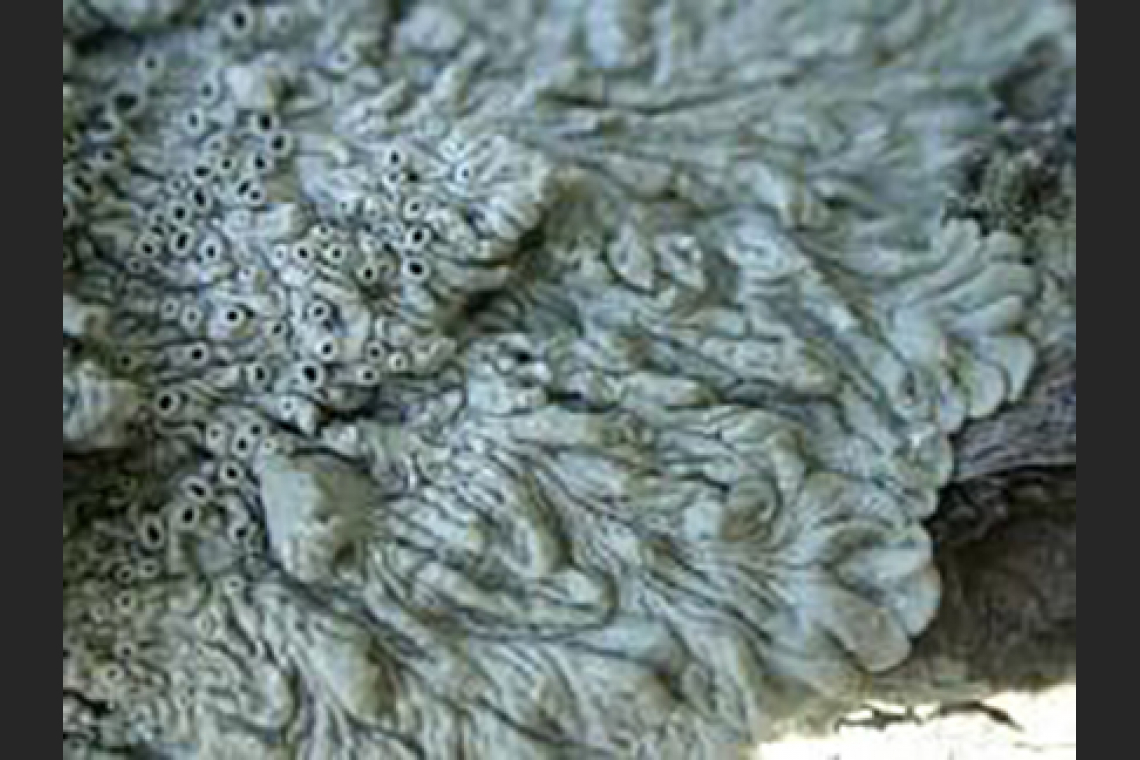The collection consists of about 110,000 lichen specimens including 600 lichen types. It is focused mainly on collections of Cladoniaceae and Parmeliaceae, although collections of crustose lichens are increasing due to the activities of members of the Lutzoni lab. About 12,000 specimens of the Harmand's collection are exsiccates of Arnold, Desmazieres, Faurie, Flagey, Fries E., Fries Th., Funck, Harmand, Hepp, Leighton, Lojka, Malbranche, Mereschkowsky, Nylander, Olivier, Roumeguere, Schaerer, Zahlbruckner, and Zwackh. Over 80,000 specimen records can be searched online.
Geographic focus: southeastern United States, Iceland, Europe, western Australia, South Korea.
The lichen collection is filed alphabetically by genus and species, with geographical divisions made when necessary. Undetermined specimens are filed at the end of each genus.
History of the lichen herbarium
William L. Culberson joined the Department of Botany in 1955 and in 1957, was instrumental in arranging the purchase of most of the herbarium of J. Harmand (author of the 5-vol. Lichens de France) and, in 1965, the herbarium of Johan J. Havaas, a well-known Norwegian lichenologist. Subsequent growth of the lichen herbarium has been through the activities of W. L. Culberson and students. The scientific value of the lichen collection has been greatly increased by extensive chemical annotations of some 12,000 collections in the herbarium, largely through the continuing effort of Chicita F. Culberson.
In May 2010, Duke lichen collection was formally named the William Louis & Chicita F. Culberson Lichen Herbarium & Library in recognition of their contributions to Duke and to the study of lichenology.
Francois Lutzoni joined the Department of Biology in 2001 and assumed curatorship of the lichen collection. Training in lichenology is once again thriving in the department, with increased collecting activity by F. Lutzoni, postdocs, and students.
See our policies and procedures, and our information for visitors.

